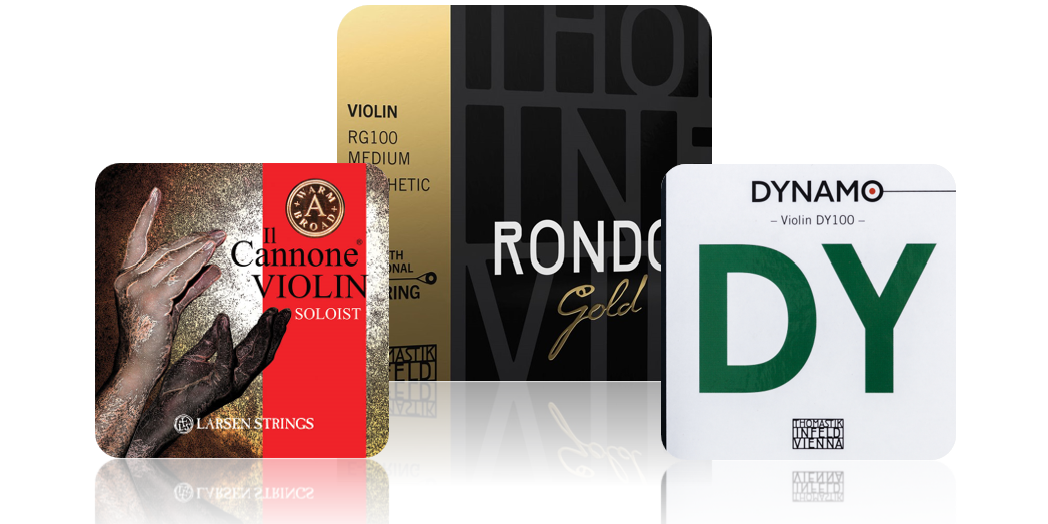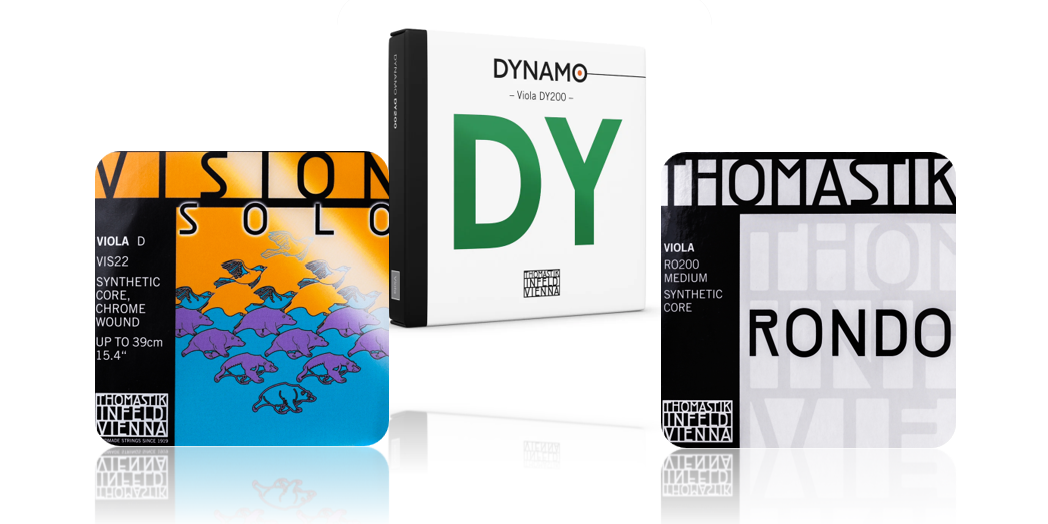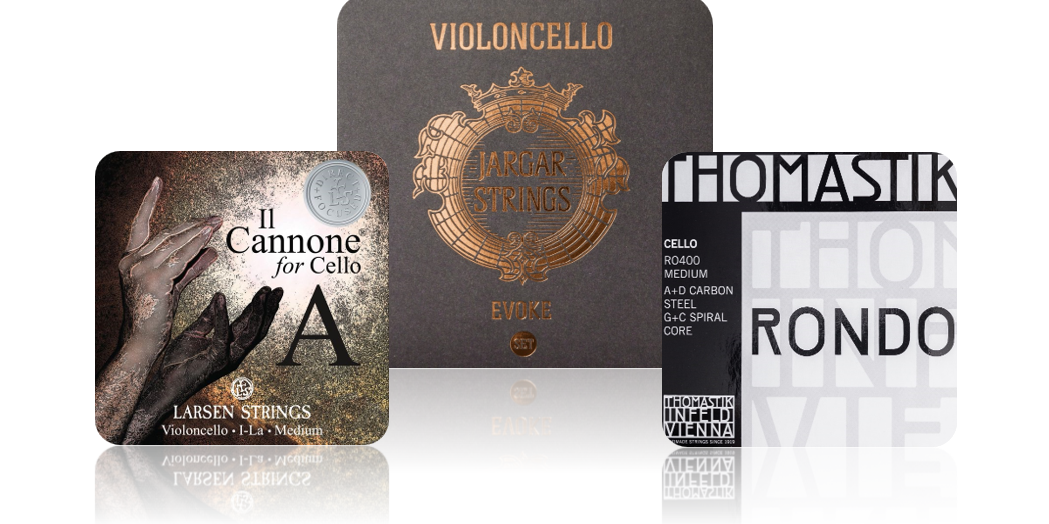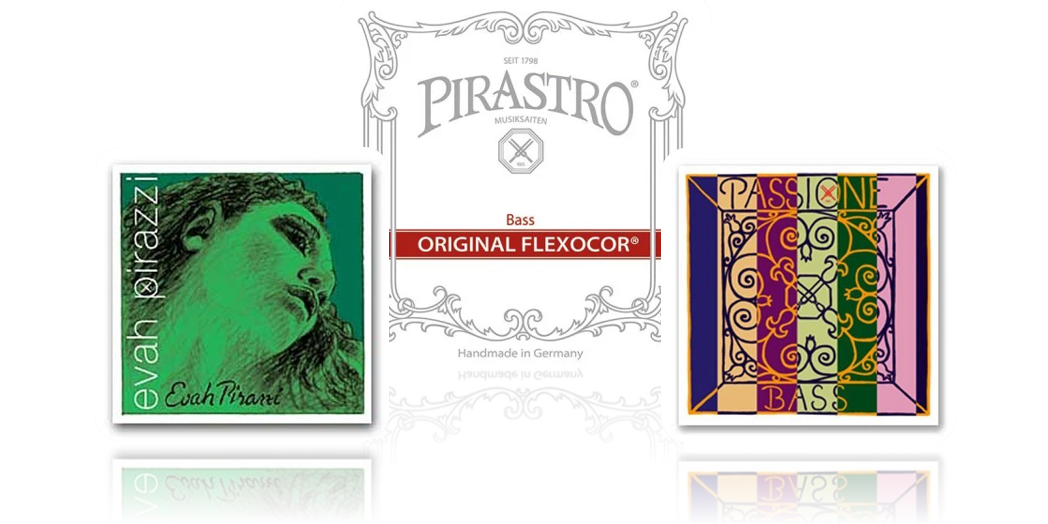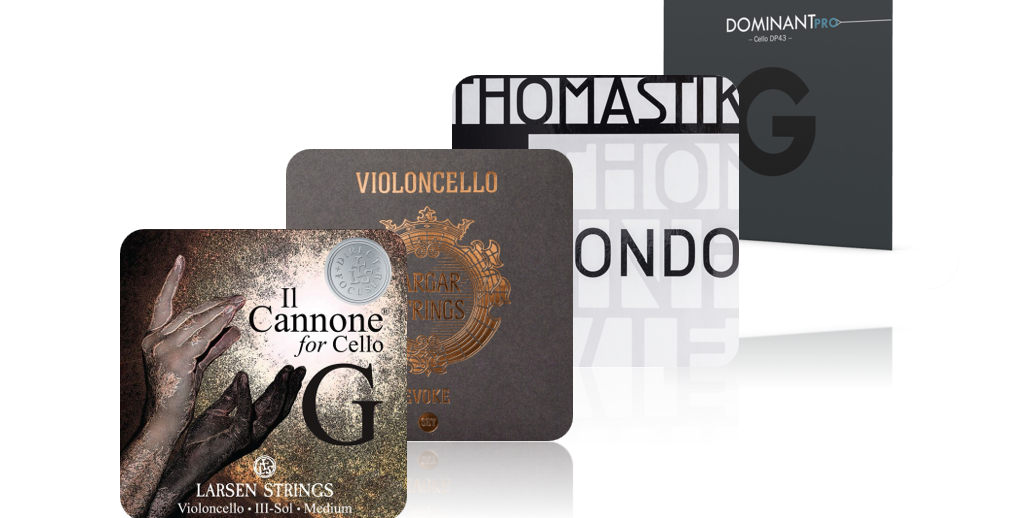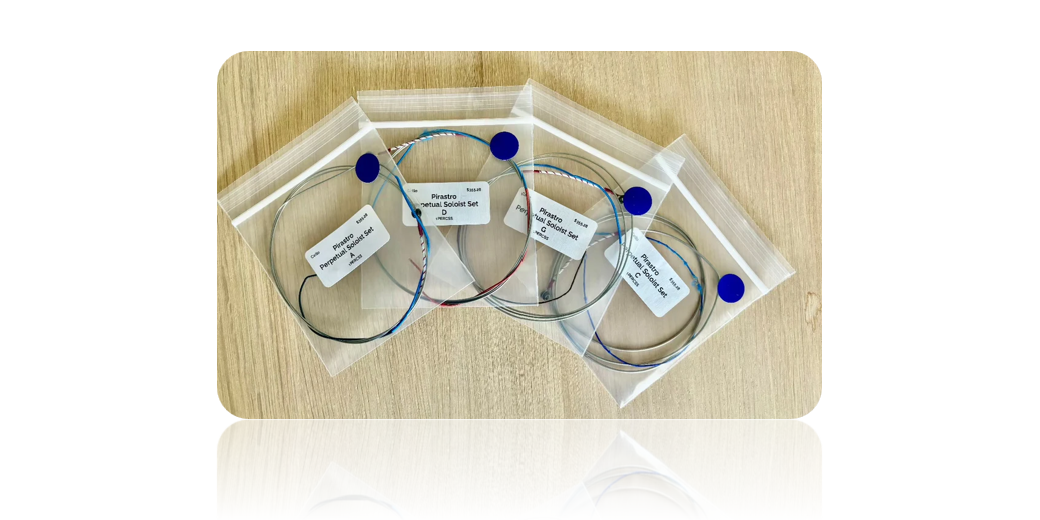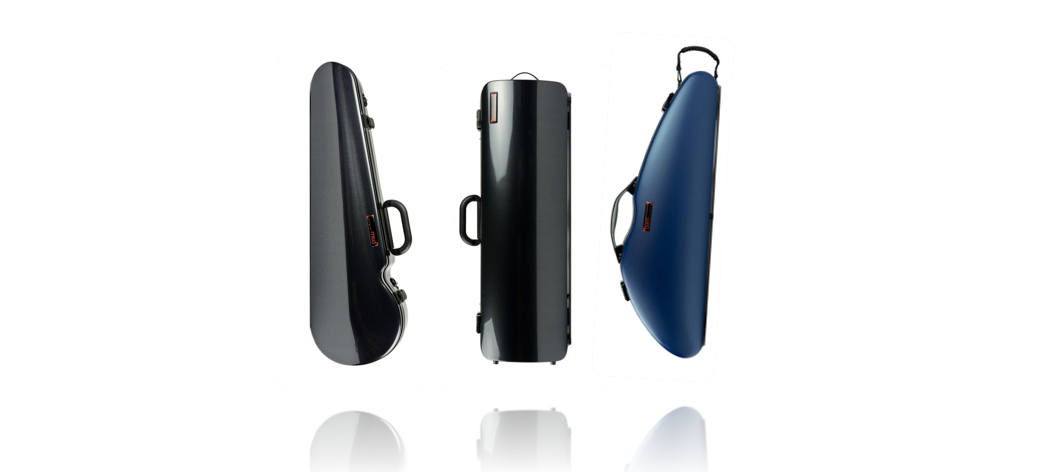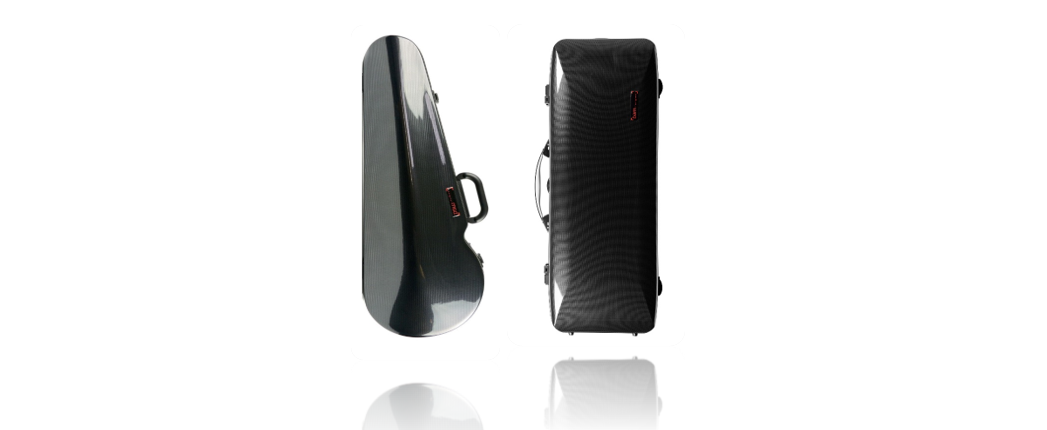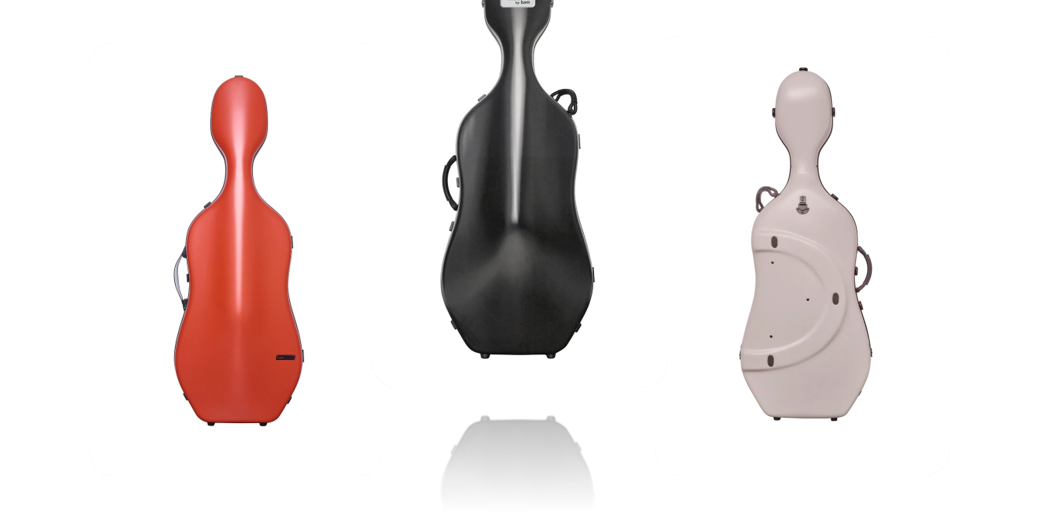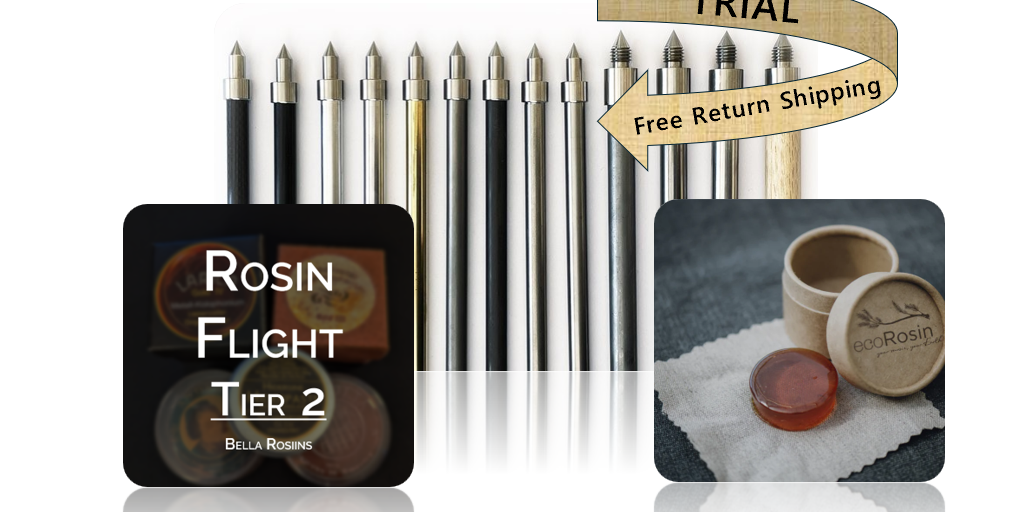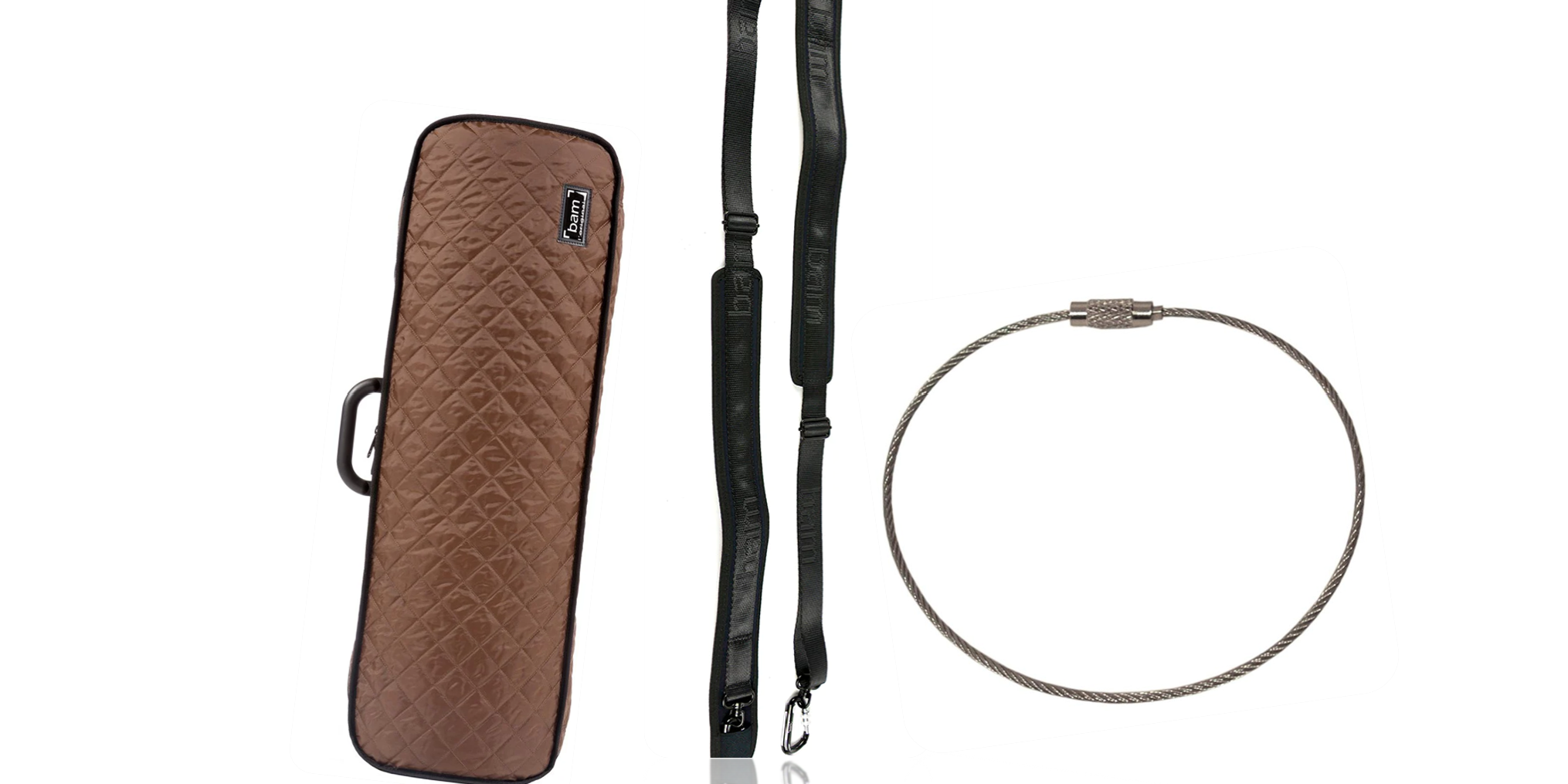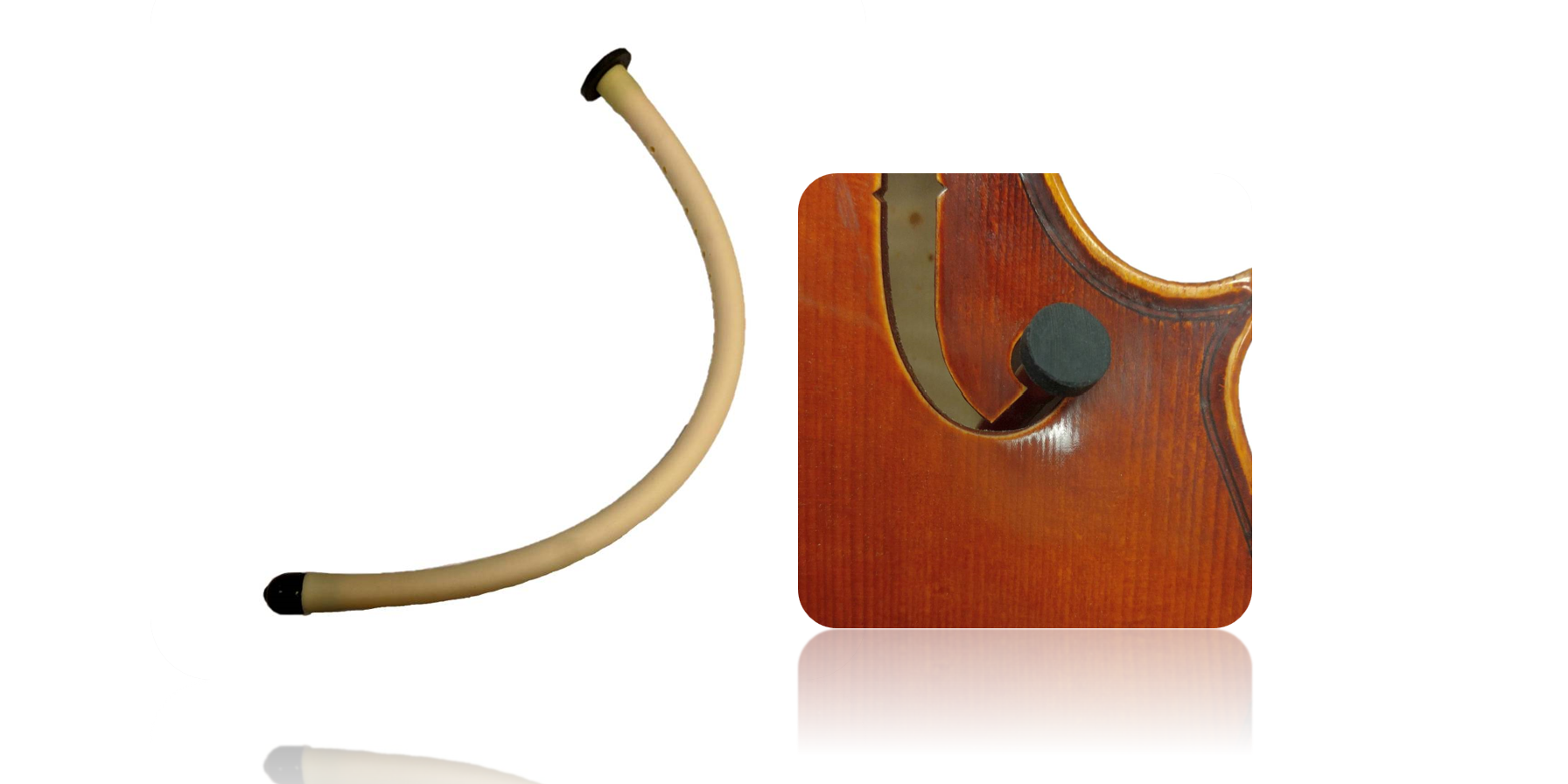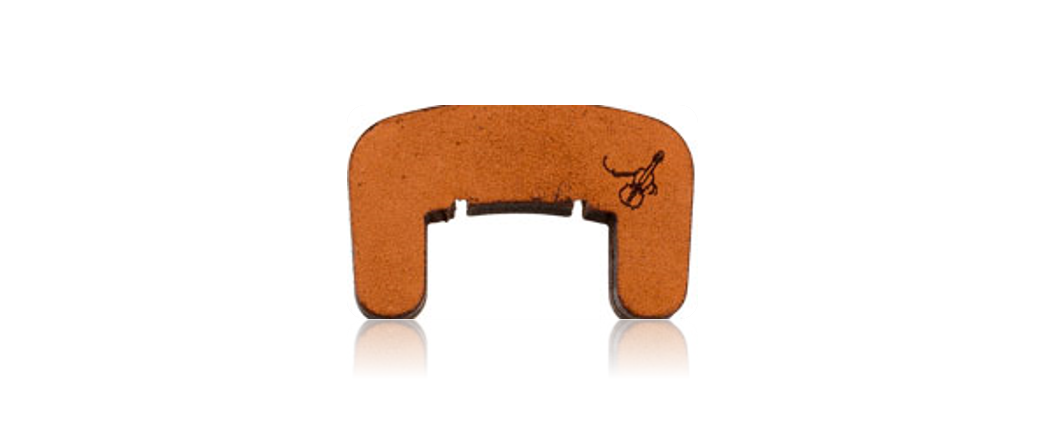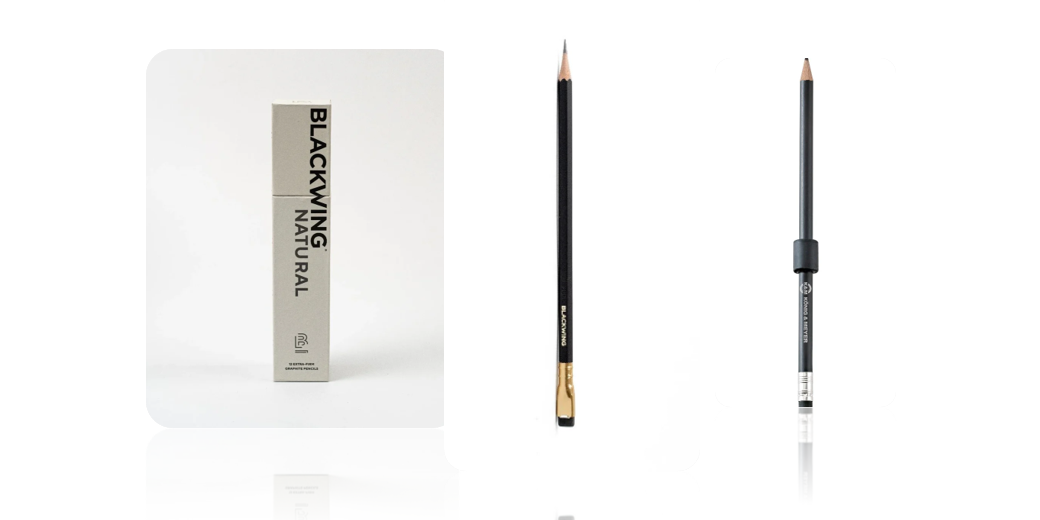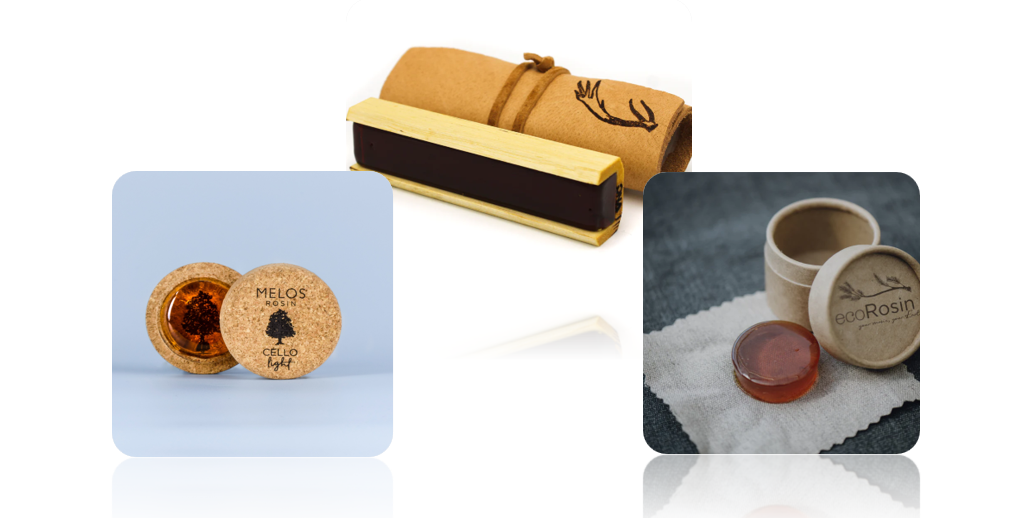My Journey in Co-Founding SoundBox Strings
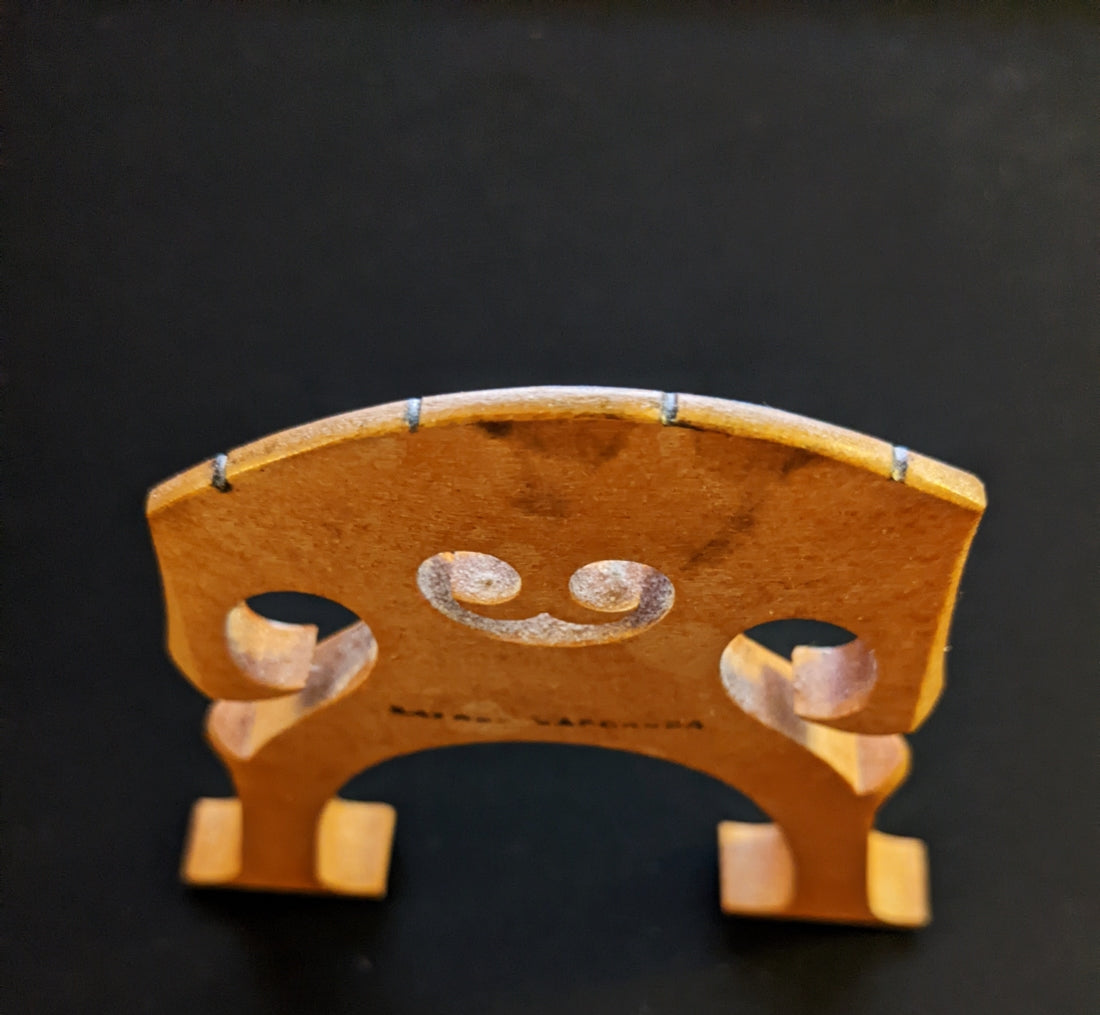
Unlike Philo Lee, I don't have the luxury of those recurring long drives, where ideas could flow freely while carpooling with fellow musicians. Living in Oregon and playing with the Oregon Symphony, my longest drive is during our runouts to Salem, which typically takes about an hour, depending on traffic. Given my location on the west side of the city near Hillsboro, carpooling opportunities are limited. Besides, most musicians just want to book it home after a concert.
Imagine my surprise when a close friend approached me with a groundbreaking idea in April 2023—a business venture that could benefit musicians across the country. Philo introduced me to the concept of SoundBox, and while I was immediately intrigued, I wasn't completely convinced. The idea of string trials struck me as fascinating. It could help musicians assess whether a recommended set truly lived up to the hype without committing to a purchase upfront. Additionally, it could provide schools in need of cost-effective strings that had already undergone our trial system. The potential for expansion into accessories related to string trials, such as endpins, tailpieces, shoulder rests, chinrests, and rosin, ignited my imagination. The possibilities were immense. However, one nagging question loomed from the outset: why hadn't major companies already implemented string trials? Here we were, a small startup, considering a potentially complex business model with challenging real-world applications, all without prior business experience or knowledge. Was this truly a viable idea?
My initial concern revolved around the practical implementation: how could we ensure the preservation of our own string sets once they were sent out for trials? The risk of someone keeping our strings while returning their used ones was significant. We experimented with unique string markings, initially considering wrapping a special type of string on top of the manufacturer's original wrapping. However, we soon discarded that idea due to the time and skill required to make each string look appealing. Then someone suggested shrink-wrapping a portion of the string. After some trials, we settled on this idea due to its ease of installation, aesthetics, and the simple potential to cut it off if a customer preferred. With this major issue resolved, my mind was slightly more at ease.
My second reservation concerned our business model. While the idea of offering trial-based string sets to help musicians was compelling, it had to be profitable to be sustainable. We began creating detailed spreadsheets for each instrument, outlining every string set and pricing them as competitively as possible for customers. We also factored in modern conveniences like free shipping, all while striving for profitability. Halfway through this process, we realized we needed more columns and additional information. We had to determine how much to charge customers after the first trial if they wanted to purchase the string set. What would our profit be in such cases? What if a customer wanted to buy a set after the third trial, which came with a 20% discount but involved multiple shipping and shipping box costs from previous trials? What would our profit margin look like then? Once we could crunch the numbers and secure a financial service that specialized in trial-based products, I was fully onboard.
This journey has already been an incredible experience, and I'm eagerly anticipating what lies ahead for this business. I'm grateful that Philo Lee shared such an innovative idea with me.
0 comments

